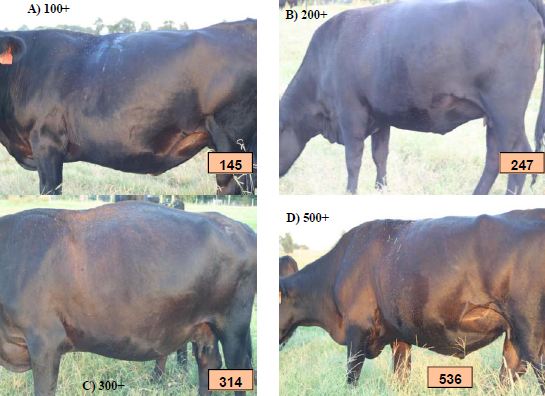



How to Count Horn Flies: Tally Time
Count horn flies to assess the problem on your farm and then keep them at a level which does not hurt your bottom line, cattlemen have been reminded.Horn flies represent the single largest cause of losses in cattle production due to external parasites, writes Dr Sandy Johnson, a livestock specialist at Kansas State University.
However, Dr Johnson has advised that flies should not be eliminated, only controlled.
Dr Johnson writes that the total loss was estimated to be $1.36 billion in 2012. Failing to control flies in growing calves roughly reduces gain 1.5 lbs per week.
At today’s calf prices, fly control is a good investment. Animals in poor body condition will suffer injury at a lower fly population than those in good body condition.
With the exception of feeding insect growth regulators (IGRs), other forms of fly control should be delayed until fly numbers reach levels where it makes economic sense to control them, by most estimates 200 flies per animal.
The delay is recommended to help reduce the development of resistance by reducing the generations of flies that are exposed to the treatment (30-35 generations per season for horn flies).
Removing fly tags and other forms of treatment late in the season is another necessary part of managing resistance.
If you’ve ever tried to count flies yourself you might find it a bit challenging, writes Dr Sandy Johnson, a livestock expert at Kansas State University.
Technology has made it much easier for researchers to document fly numbers by using a camera and a software program.
We can use some of these observations to help us get a better mental image of how many flies are present. The figures below show cows with 145 (A), 247 (B), 314 (C) and 536 (D) flies per side, notice you see evidence of slobber trails on several of these cows.

Cattle tossing their heads fighting flies are not eating. If you find the flies hard to see in images in the newsletter, the same pictures can be viewed online at http://livestockbugs.okstate.edu/horn-flies in the 2012 report by Justin Tally, entomologist for Oklahoma State University with his annual report of studies comparing commercial ear tags.
You will also find a listing of what class of compound is contained in various fly tags to help ensure you get needed rotation.
The recommendation is to only use pyrethroid tags once every 3 years and not use organophosphate tags more than 2 years in a row. If fly control methods are not working, do not retag cattle regardless of insecticide class.
Rather switch to a different chemistry and try sprays, pour-ons, dusts or backrubbers. If possible, alternate insecticide classes when changing control methods.
Generally most fly tags will be effective for about 2.5 months. The goal should not be to eliminate all flies rather it should be to keep them under the level at which they cause economic harm.


